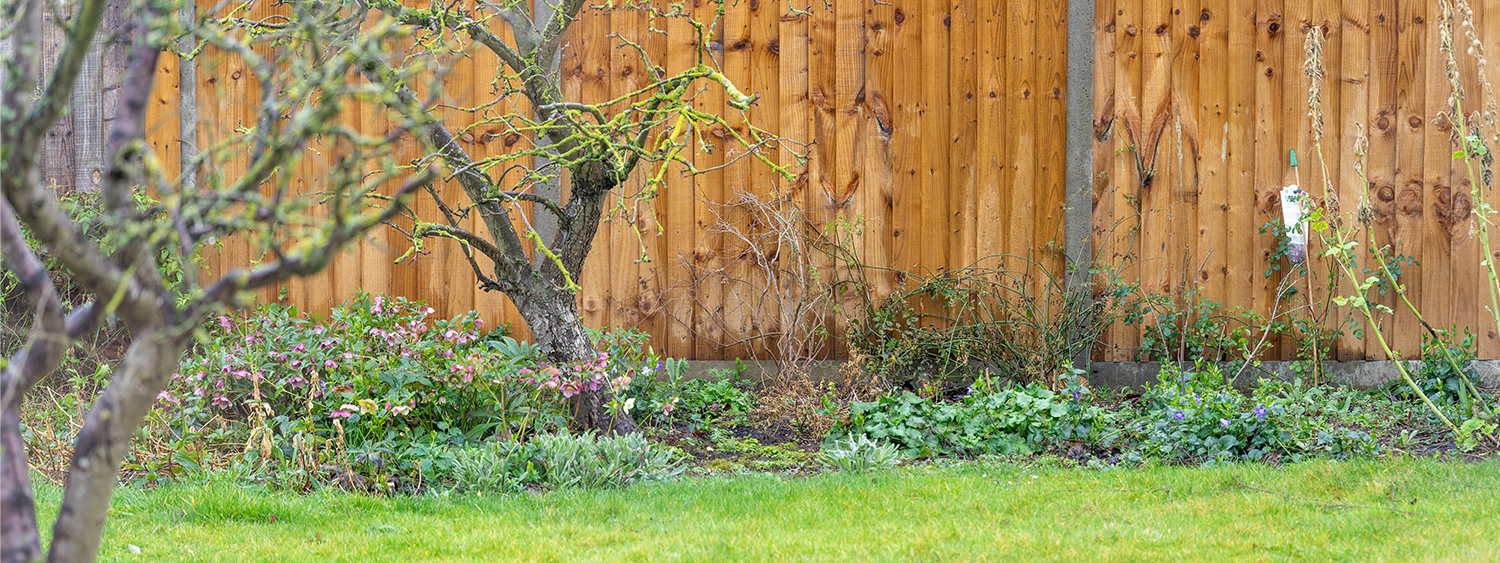0115 964 7740 - law@curtisparkinson.com


Who Owns What Fence?
6 December, 2023 3 minutes reading time
We all want to live at home in peace and harmony with our neighbours. Yet, according to a survey in 2022, over a fifth of UK homeowners got involved in a boundary dispute with a neighbour at some point. And falling out over with neighbours is very stressful. Triggers, such as encroaching on a boundary or the state of repair of a fence, invariably focus on who owns what fence.
Common Boundary or Fence-Related Issues
Arguments often erupt when a neighbour has built an extension, erected a shed or garden office, installed a new fence or planted a hedge. Even when it’s clear who a fence belongs to, damaged fences will often cause neighbourly disputes.
However, knowing where the property boundaries are or who owns what fence often diffuses difficult situations.
Who Owns What
Most homeowners believe that they’re responsible for the fence to the left of their property. However, the “left-hand” or “right-hand” rules don’t exist. Either fence may belong to a property.
Titles Deeds
Mapping land and boundaries was imprecise for a long time, so old plans attached to title deeds may need clarification. On newer documentation, the wording can set out where the boundaries lie. Sometimes, a T-mark denotes the boundaries, too. If an H-shaped mark is visible, this usually runs across the boundary line. This means both neighbours of an adjoining property own the land and are jointly responsible for the upkeep of any fence.
Confusingly, the boundary is sometimes not referred to in title deeds. This can mean that the boundary is a ‘party’ boundary, where responsibility for maintenance and repairs lies with each of the adjoining homeowners.
However, in practice, people will often follow what the previous owners did before them, especially if this information is included in the Property Information Form supplied during the property transaction.
Other Checks
Looking at the general ownership pattern along the road can help if the boundaries follow an obvious pattern. When it comes to new housing developments, housebuilders will usually explain who owns what.
However, when there is no clear answer, agreeing on boundaries with a neighbour can take time. And in the case of entrenched positions, considerable expense.
Land Registry & Tribunals
Where there’s genuine confusion over where the boundary is, it’s possible to draw up a legally binding agreement with your neighbour. This will outline the boundary’s precise position. This is then registered with the Land Registry.
In cases where neighbours can’t agree on where the boundary runs, regulations allow for a Land Registry adjudicator to help. However, taking this route is complex and often costly. The process involves the preparation of a raft of supporting documents, including photographic evidence and accurate, expert mapping by a chartered surveyor.
Our Advice
Arguments over boundaries are common, especially when there is a lack of physical evidence. For example, when garden walls, fences or structures are demolished as part of a refurbishment or redevelopment. Whilst every case is difficult, using a lawyer to mediate helps neighbours resolve their disputes without lengthy and expensive legal battles.
So, if you’re involved in or worried about a boundary, or you are in dispute with a neighbour, please get in touch. Speaking to one of our specialists as soon as possible will help to determine your case’s strength and minimise associated legal costs.
Please note that all views, comments or opinions expressed are for information only and do not constitute and should not be interpreted as being comprehensive or as giving legal advice. No one should seek to rely or act upon, or refrain from acting upon, the views, comments or opinions expressed herein without first obtaining specialist, professional or independent advice. While every effort has been made to ensure accuracy, Curtis Parkinson cannot be held liable for any errors, omissions or inaccuracies.





